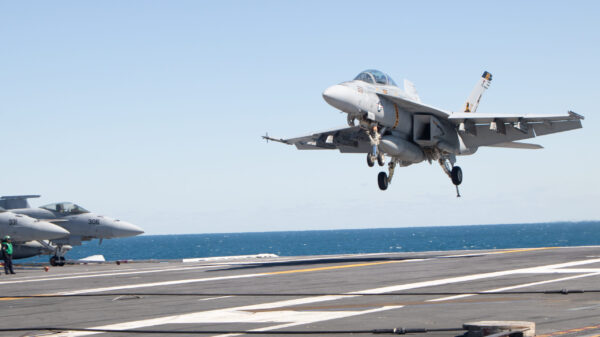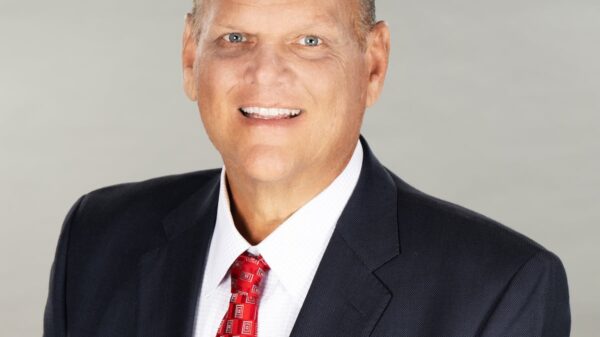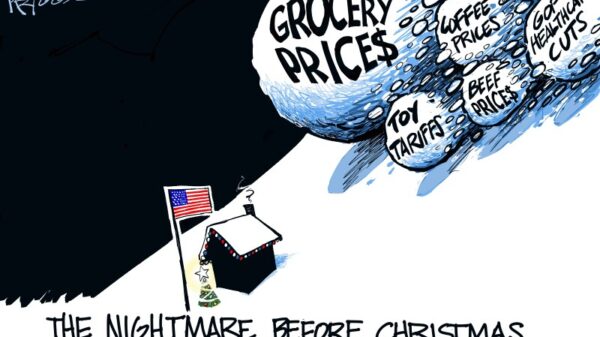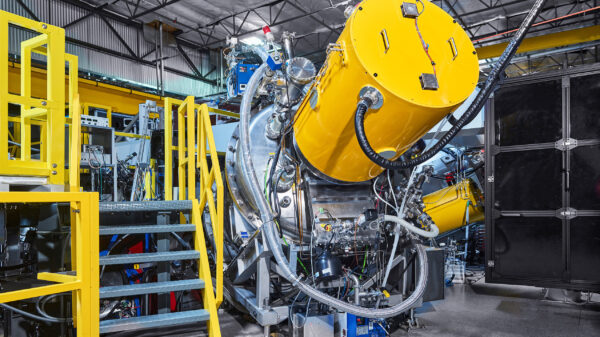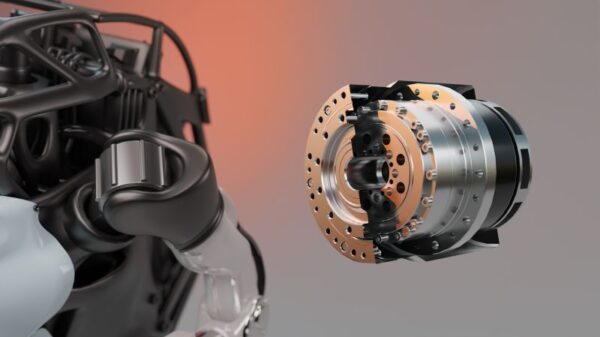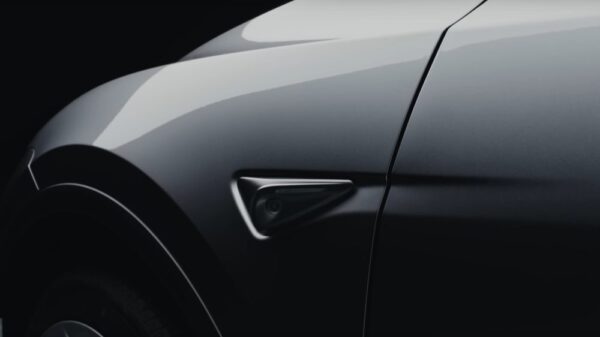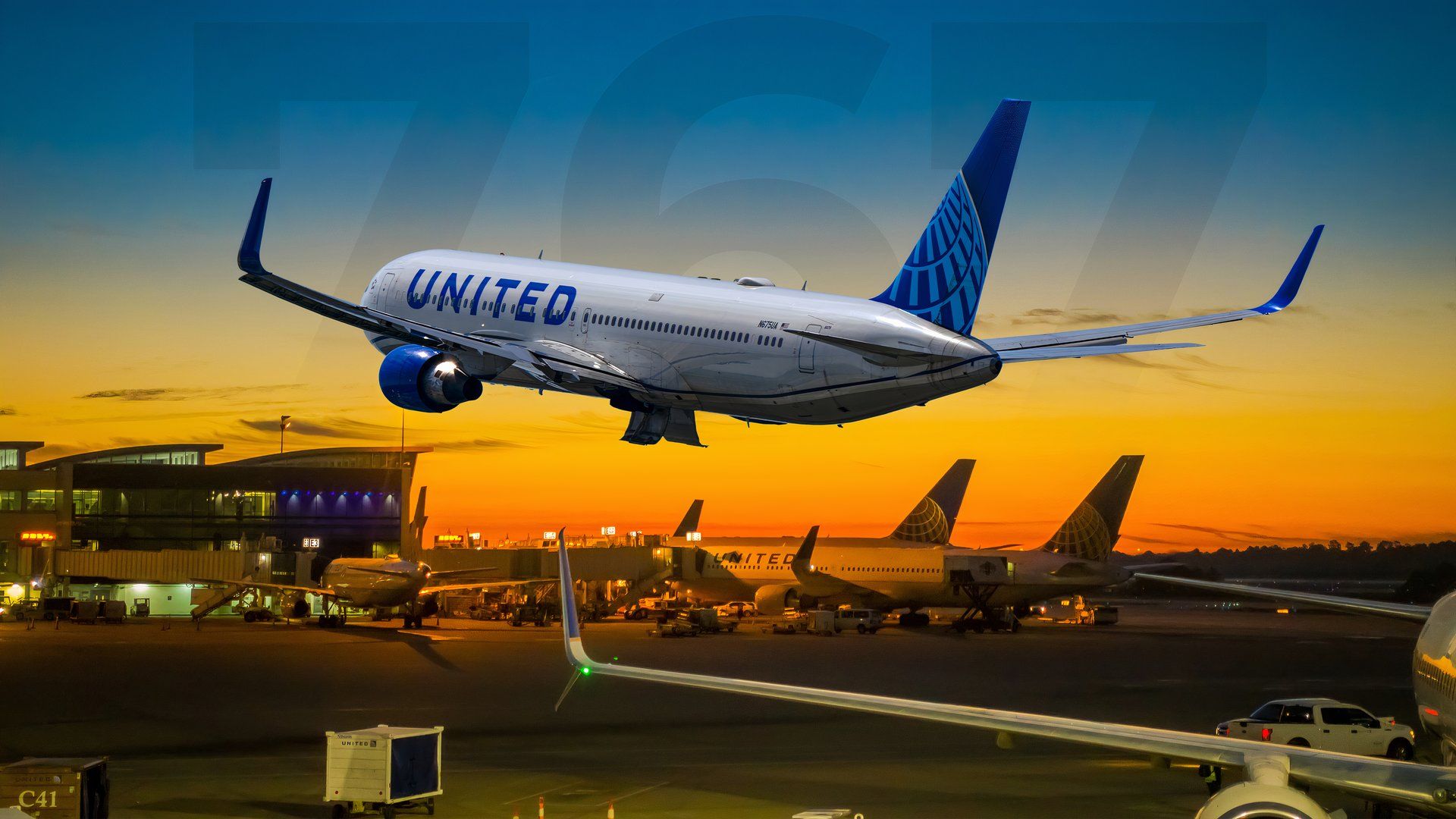United Airlines has announced a significant shift in its fleet strategy, planning to retire its entire fleet of Boeing 767-300ER aircraft by December 2027. This decision marks the end of an era for the airline, which has utilized the 767 model for over three decades on crucial transatlantic and transpacific routes. As the airline transitions towards newer, more efficient aircraft, this article examines the various factors influencing United’s decision and the implications for passengers and the aviation industry.
The Legacy of the Boeing 767 at United Airlines
The first Boeing 767-300ER joined United’s fleet on April 18, 1991. Over the next twelve years, the airline acquired a total of 37 aircraft, each equipped with Pratt & Whitney PW4000 engines, tailored for long-haul operations. At its peak, the 767 accounted for approximately one-fifth of United’s widebody capacity. The aircraft’s combination of range and efficiency allowed United to open new routes from cities such as Chicago and San Francisco to Europe and Asia, replacing older models and offering passengers a more modern flying experience.
As of now, United operates 37 Boeing 767-300ERs and 16 767-400ERs. The younger models are nearly 23 years old, while the oldest aircraft have been in service for over 34 years. With age comes increased maintenance demands and a decline in operational efficiency, making it increasingly difficult for the 767 to compete with modern aircraft.
Why the Transition to Newer Aircraft is Necessary
United Airlines is embracing a comprehensive strategy to update its widebody fleet with next-generation aircraft that promise improved fuel efficiency, reduced emissions, and enhanced passenger comfort. The decision to retire the Boeing 767 aligns with the airline’s broader commitment to sustainability and cost reduction. Fuel costs represent the largest portion of operating expenses for airlines, often accounting for 25–30% of total costs. Comparatively, the Pratt & Whitney engines on the 767 are no longer competitive, with new high-bypass turbofan engines offering up to 20% better fuel efficiency.
The airline has placed substantial orders for the Boeing 787 Dreamliner family, designed to replace both the 767 and the older Boeing 777 fleets. The Boeing 787 offers significant advantages, including up to 25% better fuel efficiency, lighter composite materials, and enhanced passenger comfort through higher cabin pressurization. As United integrates more 787s into its fleet, the rationale for retaining older 767s diminishes.
United’s commitment to sustainability further underscores the urgency of this transition. With the limited availability and high cost of sustainable aviation fuel (SAF), the airline aims to reduce per-seat CO2 emissions by replacing its aging 767s with more efficient 787s.
The changing expectations of passengers also play a crucial role in this decision. The older 767s fall short of current standards in terms of technology, cabin environment, and seating configurations. For instance, United’s Polaris business class on the 767 is arranged in a 1-1-1 configuration, providing direct aisle access but with a narrower feel. In contrast, the 787 features a 1-2-1 layout that maximizes space and privacy for business class passengers.
Moreover, the lack of modern in-flight entertainment options and general cabin wear on the 767s have become points of concern among frequent flyers. As the airline seeks to deliver a consistent premium experience across its fleet, the aging 767s pose challenges, especially on key routes where competition with airlines like Delta Air Lines and Lufthansa is fierce.
The Boeing 787 Dreamliner has emerged as the cornerstone of United’s widebody renewal strategy. The aircraft is designed to transform long-haul flying with its next-generation efficiency and comfort. Key advantages of the 787 include:
– **Improved fuel burn:** The 787 achieves 20–25% better fuel efficiency compared to the retiring 767-300ER.
– **Advanced materials:** The composite airframe reduces weight and maintenance demands.
– **Enhanced passenger experience:** Higher humidity, lower cabin altitude, and noise reduction contribute to overall passenger well-being.
United currently has over 120 Boeing 787 Dreamliners on order and in service, which facilitates operational efficiency. The consistency in aircraft type simplifies pilot training and maintenance, allowing the airline to adapt to changing market demands more effectively.
By redeploying the 787 Dreamliners to routes previously operated by the 767, such as Newark to Frankfurt, San Francisco to Tokyo, and Houston to Sydney, United unlocks operational and financial benefits. Each Dreamliner flight typically offers 10–15% more capacity, contributing to greater revenue from both freight and baggage services.
The Dreamliner’s design also allows for double-digit reductions in fuel consumption and CO2 emissions per trip, aligning with United’s sustainability objectives while lowering overall operating costs.
Streamlined Operations and Future Goals
United’s decision to standardize its pilot training across the Boeing 787 variants has enhanced crew management efficiency. This unified approach reduces the complexities associated with maintaining multiple aircraft types, enabling faster adaptations to route demands. The airline’s operational strategy includes a consolidated spares inventory and standardized training programs for technicians, further enhancing safety and driving down administrative costs.
On the ground, United has optimized airport handling for its Dreamliners, ensuring that ramp crews can operate with consistency and efficiency. This streamlined workflow minimizes errors and improves turnaround times, contributing to greater overall reliability for long-haul services.
The financial implications of operating aged aircraft are significant. While older jets may be fully paid off, their operational costs—including fuel burn and maintenance—are no longer competitive. The transition to a newer fleet is not only a strategic choice but a necessary one in the current aviation landscape.
In summary, the retirement of the Boeing 767 marks a pivotal moment for United Airlines as it pivots towards a more sustainable and efficient future. The end of the 767 era, set for December 2027, reflects a broader industry trend towards modernization, prioritizing passenger comfort, operational efficiency, and environmental responsibility. While the departure of the 767 may evoke nostalgia among aviation enthusiasts, United’s shift underscores the importance of adapting to evolving market demands and customer expectations.









